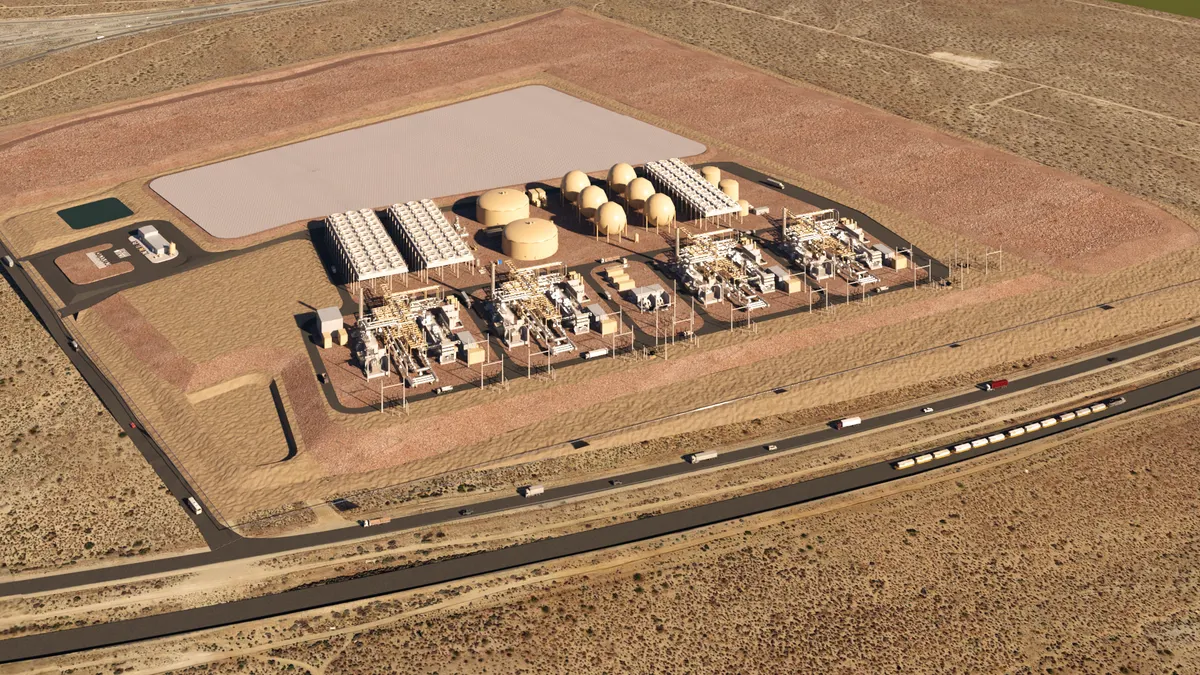The economic viability of commercial and industrial energy storage will grow rapidly in the United States over the next five years as storage costs continue to fall, according to a new report from GTM Research.
The report estimates that the economics for commercial energy storage could be attractive in as many as 19 states by 2021, up dramatically from the handful of states where commercial storage is economically attractive today.
“As energy storage costs come down and demand charges go up, the combination of the two will make for better or more favorable economic returns for C&I storage,” Ravi Manghani, GTM Research’s director of energy storage and lead author of the report, said.
Commercial energy storage has been the fastest-growing segment of the U.S. storage market over the last two years, said Manghani. While most of that was in California, other markets have started to become attractive, driven in large part by a single value stream: demand charge management.
The report identifies a total of nine states – California, Connecticut, Delaware, Hawaii, Kentucky, Massachusetts, Michigan, New Hampshire and New York – where it is possible for storage to earn at least a 5% internal rate of return (IRR) based on current demand charges. “If they are not in the money, they are at least on the cusp,” Manghani said.
The economics for C&I energy storage
The report models the internal rate of return for 1-hour and 2-hour storage systems for both the small and medium sized, as well as the large commercial customer segments.
Analyzing rate structures at 51 utilities, the report found that demand-charge rates of at least $15/kWh per month were necessary to achieve favorable economics for energy storage today.
As the cost of storage – mostly the cost of lithium-ion batteries – continues to fall, the authors see the equation changing. By 2021, they say, commercial storage economics will be favorable for certain utility tariffs with demand charges as low as $11/kWh per month.
As storage costs fall more rapidly than demand charges rise, the authors expect that storage will be economically viable in as many as 19 states by 2021.
The escalator used in the model was not very aggressive, said Manghani, about 1.5% for the growth of demand charges. The bulk of the market opportunity comes from estimated cost reductions in the 8% to 9% range, he said.
In the report, the authors conclude that there will be 17 states in which large commercial customers will have an internal rate of return of 5% or higher. For small and medium customers, there will be 14 such states. The total comes to 19 states because there is not perfect overlap when the two groups of states are added together.
If storage costs fall even more rapidly, 15% annually over the next five years, there could be as many as 26 states where commercial storage is economically attractive, according to the report.
The report bases the outlook for commercial storage on the outlook for demand charges and the economics for companies to offset those charges by charging storage when rates are low and discharging when rates are high.
In that respect, the report treats storage as a “one-trick pony,” Manghani said. “In reality, policy and market structures are evolving to help storage owners capitalize on other value streams as well,” he noted.
As solar power reaches grid parity in more locations, commercial customers will have the opportunity to realize savings on the energy side of their bills, as well, Manghani said.
Seizing storage savings
Returns could be boosted further by energy management systems that can automatically reduce load and, as more RTOs incorporate storage into service, that could represent another revenue stream for commercial customers with storage capability.
Vendors like General Electric, Lockheed Martin and Caterpillar have already moved into storage and energy management services. As they look to move further downstream in the sector, Manghani said they could provide opportunities for storage providers by either opening up new markets or creating opportunities for partnerships.
Another factor limiting the growth of commercial storage, at least on the macro scale, is the availability of financing. Even for commercial customers financing and ownership issues can restrict growth. But if the storage sector follows the solar industry by developing leasing structures or other types of financial vehicles, that could bolster growth, Manghani said.
He cited recent financial news from companies such as Stem and Advanced Microgrid Systems. Earlier this month, Advanced Microgrid Solutions signed a deal with Macquarie Capital to fund the building of a $200 million fleet of energy storage projects. In 2014, Stem created a $100 million fund to finance new storage projects. Those kinds of deals have been hailed as the next wave in energy storage financing.
Meanwhile, Manghani said the C&I report provides baseline for the potential of commercial storage by demonstrating the economics of storage in as many as one-third of the 50 states by 2021. It is “a promising sign for the future of commercial storage in the U.S.,” he said.





















